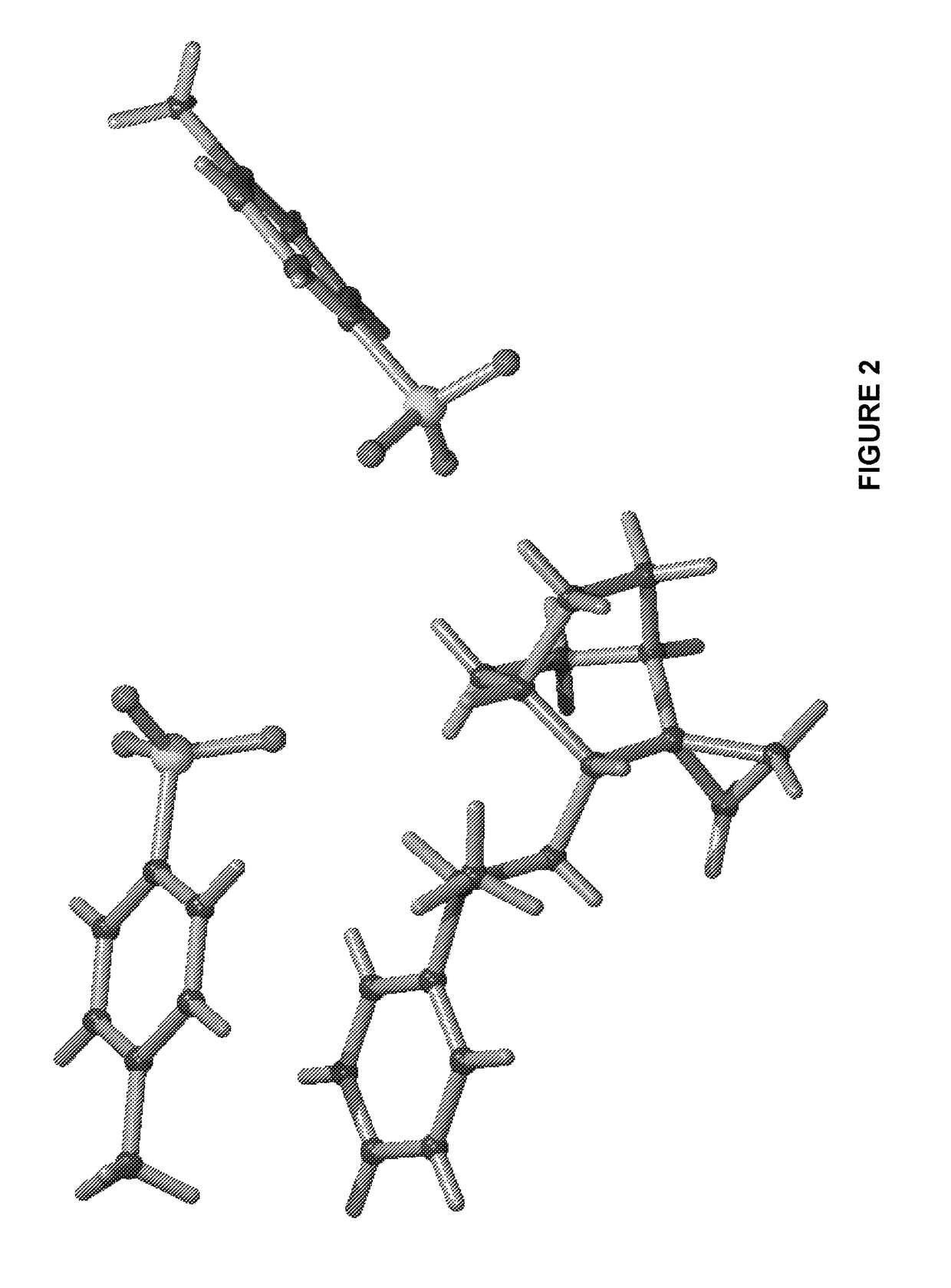Geminal substituted quinuclidine amide compounds as agonists of α-7 nicotonic acetylcholine receptors
a technology of nicotonic acetylcholine receptor and amide compound, which is applied in the field of new geminal substituted quinuclidine amide compounds, can solve the problems of steadily growing medical and social problems of cognitive diseases, and achieve the effects of improving cognition, positive effect on cognition, and positive effect on clinical function
- Summary
- Abstract
- Description
- Claims
- Application Information
AI Technical Summary
Benefits of technology
Problems solved by technology
Method used
Image
Examples
example 1a
n(N-borane)-3-one (A-101)
[1636]
[1637]To a mixture of quinuclidin-3-one (0.20 kg, 1.6 mol) in tetrahydrofuran (1 L) at 0° C. was added dropwise 1 M borane in tetrahydrofuran (1.8 L, 1.8 mol). The mixture was stirred at 0° C. for 3 hours. On completion, the solution was quenched by methanol, evaporated and purified by silica gel chromatography (petroleum ether:ethyl acetate=10:1) to give compound A-101 (0.19 kg, 86% yield) as a white solid.
example 2a
ylquinuclidin(N-borane)-3-one (A-102)
[1638]
[1639]To a mixture of compound A-101 (20 g, 0.14 mol) in tetrahydrofuran (200 mL) at 0° C. was added sodium hydride (8.6 g, 60%, 0.22 mol) in portions. The reaction was stirred for 30 minutes. Iodomethane (31 g, 0.22 mol) in tetrahydrofuran (30 mL) was added dropwise to the mixture at 0° C., and the reaction was stirred at room temperature for 2 hours, and then cooled to 0° C. Sodium hydride (8.6 g, 60%, 0.22 mol) was added in portions, and stirring was continued for 30 minutes. Iodomethane (31 g, 0.22 mol) in tetrahydrofuran (30 mL) was again added dropwise to the mixture at 0° C., and the reaction was stirred at room temperature for another 2 hours. On completion, the reaction was quenched with saturated ammonium chloride aqueous solution and concentrated in vacuo. The residue was purified by silica gel chromatography (petroleum ether:ethyl acetate=10:1) to give compound A-102 (14 g, 58% yield) as a white solid.
example 3a
ylquinuclidin-3-one oxime (A-103)
[1640]
[1641]To a mixture of compound A-102 (0.50 g, 3.0 mmol) in anhydrous ethanol (2 mL) was added hydroxylamine hydrochloride (0.21 g, 3.0 mmol) at room temperature. The mixture was stirred at 100° C. for 2 hours. On completion, the solution was cooled to room temperature, resulting in formation of a precipitate. The precipitation was collected by filtration to give compound A-103 (0.48 g, 96% yield) as a white solid. LCMS (K): tR=1.093 min., (ES+) m / z (M+H)+=169.1.
PUM
 Login to View More
Login to View More Abstract
Description
Claims
Application Information
 Login to View More
Login to View More - R&D
- Intellectual Property
- Life Sciences
- Materials
- Tech Scout
- Unparalleled Data Quality
- Higher Quality Content
- 60% Fewer Hallucinations
Browse by: Latest US Patents, China's latest patents, Technical Efficacy Thesaurus, Application Domain, Technology Topic, Popular Technical Reports.
© 2025 PatSnap. All rights reserved.Legal|Privacy policy|Modern Slavery Act Transparency Statement|Sitemap|About US| Contact US: help@patsnap.com



